スキー旅行を計画する際、旅行保険は単なるオプションではなく必須です。スキーには怪我、悪天候、ギアの紛失、フライトのキャンセルなど独特のリスクがあります。適切な保険は高額な医療費から守り、紛失や損傷した装備をカバーし、リフト券や宿泊費などの返金不可の費用も補償してくれます。以下はチェックすべきポイントの簡単なまとめです:
- 医療補償:緊急治療や山岳救助(ヘリコプターによる避難など)を含むことを確認しましょう。医療費は最低10万ドル、避難費用は25万ドルの補償を目指してください。
- 旅行キャンセル・中断補償:悪天候、病気、緊急事態で旅行をキャンセルしたり短縮したりする場合に備えます。
- ギア保護:スキー、スノーボード、またはコンパクトなSnowfeetギアの紛失、盗難、損傷を補償します。
- ウィンタースポーツの追加補償:スキーやスノーボードなどのアクティビティに必須です。オフピステスキー、テレインパーク、特定の高度制限がカバーされているか確認しましょう。
Snowfeetギアを使う場合、コンパクトで持ち運びやすく、従来のスキーセットに比べて交換コストが低いため、補償費用が安くなる可能性があります。除外事項の細かい部分を必ず確認し、計画したアクティビティや目的地が保険でカバーされているかを確認しましょう。しっかりした保険に100~200ドル多く支払うことで、万が一の際に何千ドルもの損失を防げます。
スキーに旅行保険は必要? - ウィンタースポーツのエキスパート
スキー旅行保険に必要な補償内容
すべての旅行保険がスキー場向けに作られているわけではありません。通常の保険では、スキー旅行中に予期せぬトラブルが起きた場合に思わぬ費用がかかることがあります。冬の冒険に適した補償を選ぶ際に覚えておくべきポイントをご紹介します。
医療補償と緊急救助
スキーは予測不可能で、山での事故は急速に悪化することがあります。保険には、ヘリコプター救助が必要な怪我などの緊急事態に対する特別な保護が含まれているべきです。これらのサービスは適切な保険がなければ非常に高額になることがあります。
歯科補償も見落とさないでください。Snowfeet*のスキブレードのようなコンパクトギアを使って転倒すると、高額な歯科治療が必要になることがあります。
旅行キャンセルおよび中断補償
天候は特にスキーシーズン中に計画を狂わせることがあります。条件が危険すぎるとリゾートが閉鎖され、返金不可の費用が発生することも。旅行キャンセル補償は、リフト券、宿泊施設、レンタル機材など、旅行開始前にキャンセルしなければならない場合の費用を補償します。
旅行中断補償も同様に重要です。怪我や家族の緊急事態で休暇が短縮された場合、この補償は使わなかった旅行部分の費用を回収するのに役立ちます。驚かないように、補償対象の理由を必ず二重に確認してください。
スキーギアと装備の補償
スキーギアは高価なので、保険が適切にカバーしているか確認してください。いくつかの保険はスポーツ用品を標準の手荷物補償に含めていますが、別途スポーツ用品特約を追加する必要がある場合もあります。Snowfeet*のようなコンパクトなギアなら交換コストは管理しやすいかもしれませんが、特定の補償を持つことは依然として価値があります。
ホテル、レンタカー、または交通遅延による盗難から守る保険を探しましょう。これらのギア特有のオプションは、何か問題が起きたときに大きな違いを生みます。
冬のスポーツ追加補償
標準の旅行保険は冬のスポーツに関しては不十分なことが多いです。冬のスポーツ特約を追加すると、スキーやスノーボード、さらにはSnowfeet*のスキブレードやSkiskatesの使用中に起こる怪我や事故に対して追加の保護が得られます。
保険がオンピステ(指定されたトレイル)とオフピステ(バックカントリー)の活動をカバーしているかに注意してください。いくつかの保険はここで厳しい線引きをしているので、自分の計画に合ったものを選びましょう。Snowfeet*ユーザーにとっては、この種のギアの携帯性や低い交換コストを認める保険を見つけることが特に役立ちます。
最後に、高度制限を確認しましょう。いくつかの保険は特定の標高以上の活動をカバーしないため、訪れる予定の山に適用されるかどうかを必ず確認してください。
Snowfeet* と通常のスキーやスノーボード:保険の違い

旅行保険の費用や補償内容は、持っていくギアによって大きく変わることがあります。Snowfeet*製品は、従来のスキーやスノーボードと比べていくつかの特典があり、お金を節約し、よくある旅行のトラブルを避けるのに役立ちます。
持ち運びやすくパッキングも簡単
Snowfeet* ギアの大きな利点の一つはその携帯性です。従来のスキーやスノーボードは特大でかさばるバッグが必要で(追加の航空料金も発生します)、Snowfeet* ギアはバックパックや機内持ち込みに収まるほどコンパクトです。つまり、フライト中もギアを手元に置けて、面倒な預け荷物料金を回避できます。さらに、荷物の取り扱いで装備が紛失・破損するリスクも減ります。
このコンパクトなサイズは、貨物で保管される大型スキー装備によくある取り扱いミスのリスクも減らします。
Snowfeet* ギアの交換コストが低い
保険の観点から見ると、Snowfeet* ギアは交換コストが低いため有利です。従来のフルスキーセット(スキー、ビンディング、ブーツ、ポール)は簡単に数千ドルかかりますが、Snowfeet* 製品はモデルによって約150ドルから560ドルとずっと手頃です。
もう一つのボーナス?Snowfeet* ギアは通常の冬用シューズやスノーボードブーツで使えるので、高価な専用スキーブーツに投資する必要がありません。この手頃さは保険料の低減にも直結し、旅行者にとって予算に優しい選択肢となります。
比較:Snowfeet* vs. 従来のスキー装備
Snowfeet* が従来のスキーやスノーボード装備とどう違うか、簡単にまとめました:
| 特徴 | Snowfeet* ギア | 従来のスキー/スノーボード装備 |
|---|---|---|
| 装備費用 | $150 - $560 | しばしば2,000ドル以上(スキー、ビンディング、ブーツ、ポール) |
| 携帯性 | バックパックや機内持ち込みに収まる | 特大スキーバッグが必要 |
| 航空会社の料金 | 機内持ち込みは0ドル | 預け荷物は片道30ドル~150ドル |
| ブーツの要件 | 通常の冬用シューズやスノーボードブーツで使えます | 高価で特殊なスキーブーツが必要 |
| 旅行リスク | 低い(身につけている) | 高い(手荷物取り扱いや貨物リスクに左右される) |
| 保険料 | 交換価値の低さによる低い保険料 | 装備の高コストによる高い保険料 |
冬の冒険のための旅行保険を選ぶ際には、これらの違いを考慮する価値があります。装備コストが低く、航空会社の手数料がなく、旅行リスクが減るため、Snowfeet*は旅行者にとって賢い選択です。さらに、交換価値が低いため、従来のスキー装備に伴う高額な保険料なしでしっかりとした保険補償を楽しめます。
sbb-itb-17ade95
適切な旅行保険の選び方
スキー旅行に適した旅行保険を選ぶのは面倒に感じる必要はありません。これらのステップに従えば、経済的にも安心感の面でもしっかりカバーされます。
冬のスポーツが含まれていることを確認する
すべての標準的な旅行保険が冬のスポーツをカバーしているわけではありません。スキー、スノーボード、またはSnowfeet*のSkibladesやSkiskatesのような特殊なギアの使用は除外されることが多いです。必ず細則を確認して、あなたの特定の活動がカバーされているかを確かめてください。不明な場合は、直接保険会社に問い合わせて確認しましょう。
冬のスポーツが含まれていることを確認したら、保険の限度額があなたのニーズに合っているかを確かめましょう。これにより、予期せぬ費用に備えられます。
補償限度額と除外事項を見直す
医療費や救助費の限度額を特に注意深く確認してください。遠隔地では費用が急増することがあります。装備の価値も考慮しましょう。従来のスキー装備は高い補償限度額が必要かもしれませんが、コストが低めのSnowfeet*ギアを使っているなら、保険料を節約できるかもしれません。ヘルメット、ゴーグル、冬用衣類などの必需品も補償計算に含めるのを忘れないでください。
また、除外事項にも注意してください。オフピステスキー、テレインパーク、レースは一部の保険でカバーされないことがあります。特定の地域や遠隔のスキー場での補償が制限される場合もあります。計画している活動や場所が完全にカバーされているかを再確認しましょう。
保険オプションを比較する
選択肢を絞ったら、異なる保険の詳細を比較しましょう。請求処理時間、カスタマーサービスの質、保険会社が24時間365日の緊急支援を提供しているかを確認してください。顧客のレビューを読むことで、請求がどれだけ効率的に処理されているかの洞察も得られます。
もしあなたが頻繁にゲレンデに行く人なら、年間保険が長期的にはお金を節約できるかもしれません。これらの保険は、単発旅行のオプションと比べて、より広範な補償や高い限度額を提供することがあります。
最後に、免責額や自己負担額を見落とさないでください。ポリシーによっては請求の一部を自己負担する必要があり、または高い保険料で低免責または免責ゼロのオプションを提供する場合もあります。予算とリスク許容度に合ったものを選びましょう。
旅行中にSnowfeet*ギアを保護する方法
旅行中にSnowfeet*ギアを大切に扱うことで、余計なストレスなくスキー旅行を楽しめます。Snowfeet*ギアのコンパクトなデザインは旅行を楽にしますが、少しの準備が大きな違いを生みます。ここでは、プロのようにギアの記録、パッキング、請求処理を行う方法をご紹介します。
Snowfeet*ギアの記録を保管する
出発前に、すべてを記録しましょう。Snowfeet*ギアの状態を示すために、鮮明で多角度の写真を撮ってください。これらの写真は、保険請求が必要になったときに非常に役立ちます。
購入領収書、注文確認書、支払い明細のデジタルコピーを保管してください。これは、Skiblades(99 CM)675ドルやShort Skis(120 CM)775ドルなどの高級Snowfeet*モデルに特に重要です。この情報があれば、保険手続きがずっとスムーズになります。
ギアにシリアル番号や固有識別子がある場合は書き留めておきましょう。モデル名、購入日、価格、カスタム機能などの詳細を含む簡単なリストを作成してください。この情報があれば、問題が起きたときに大幅に時間を節約できます。
これらの記録はギアとは別に保管してください。自分宛にメールで送るか、別のバッグに入れておきましょう。そうすれば、ギアが紛失または盗難にあっても、書類にアクセスできます。
ギアを安全にパックして持ち運ぶ
パッキングの際は、ギアの保護に重点を置きましょう。Snowfeet*ギア専用のケースやバッグを使ってください。従来のスキーのようにかさばるバッグは不要で、Snowfeet*製品は小さな保護ケースや頑丈なバックパックに収まります。これにより、持ち運びがとても楽になります。
可能な限り、Snowfeet*ギアは機内持ち込み手荷物に入れてください。コンパクトなサイズのおかげで、ほとんどのモデルは頭上の収納棚や座席下に収まります。スポーツ用品の機内持ち込みに関する航空会社の規則を必ず再確認してください。
バインディングとエッジを包んで損傷を防ぎましょう。バブルラップ、タオル、またはパッドを使って、特に調整可能なバインディングなどの鋭いエッジや可動部分を保護してください。これらの小さな部品は繊細なので、少しの注意が大きな効果を生みます。
ギアを預ける必要がある場合は、ハードケースを選びましょう。Snowfeet*製品は小さいので、複数のアイテムを1つのケースにまとめて保護することがよくあります。
請求の提出方法を知っておく
事故は起こるものですから、必要に応じて請求を提出できるよう準備しておくのが賢明です。旅行前に保険会社の連絡先情報と請求ホットラインを携帯電話に保存しておきましょう。多くの保険会社は、外出先でも請求を開始できるアプリを提供しています。
何かあったら、すぐに保険会社に報告してください。ほとんどの保険は24~48時間以内の申告を求めているので、あまり待たないようにしましょう。
修理、交換、レンタルの領収書は保管してください。損傷したギアを評価のために発送するなどの小さな費用も補償される場合があります。
ギアが盗まれた場合は、正式な警察の報告番号を取得し、請求に添付してください。盗難の報告手続きは目的地によって異なるため、現地の当局に適切な手順を必ず確認しましょう。
ギアが損傷したら、問題に気づいたらすぐに写真を撮りましょう。航空会社の手荷物係が原因の場合は、空港を出る前に損傷を記録し、すぐに航空会社に報告してください。全額補償を受けるには、航空会社の事故報告書と保険請求の両方が必要になることが多いです。
スキー旅行を守るための適切な保険を手に入れましょう
スキー旅行を計画する際は、斜面上でも斜面外でもニーズに合った旅行保険を選ぶことが重要です。適切な保険はウィンタースポーツ活動をカバーし、健康を守り、ギアを保護します。雪を楽しんでいる間に予期せぬ出費に悩まされる人はいません。
基本から始めましょう:少なくとも緊急医療補償で10万ドル、避難費用で25万ドルを目標にしてください。これらの限度額は、緊急救助が高額になる遠隔のアルプス地域などで特に重要です。ほとんどの米国の健康保険は海外での事故をカバーしないことを覚えておいてください。ロッキー山脈を滑るにせよアルプスを探検するにせよ、この補償は賢明な選択です。
Snowfeet*のようなコンパクトなギアを使う場合、サイズが小さいため、従来のかさばる装備に比べて保険請求が簡単で、交換費用も低くなることが多いです。
保険を比較する際は、価格だけに注目しないでください。補償限度額、除外事項、そして特定のウィンタースポーツ補償が必要かどうかを詳しく確認しましょう。スキーやスノーボードを完全に除外する保険会社もあれば、基本補償は含むものの、オフピステスキーなどの活動には追加料金を請求するところもあります。
最後に、旅行全体の費用について考えましょう。包括的な保険に追加で100~200ドル支払うことで、何か問題が起きた場合にリフト券、宿泊、または航空券の損失を防げます。安心を買うには小さな出費です。
よくある質問
スキー旅行にSnowfeetギアを持って行く際、旅行保険で何を重視すべきですか?
Snowfeetギアでスキー旅行を計画する際には、いくつかの重要なポイントを満たす旅行保険を選ぶことが不可欠です。まず、医療費、緊急避難、および旅行キャンセルをカバーする保険を探しましょう。スキーやスノーボードにはそれなりのリスクが伴うため、怪我や病院受診、そして万が一のために遠隔の山岳地帯からの避難も保険でカバーされていることを確認してください。
機器保護も忘れずに。あなたのSnowfeet Skiblades、Skiskates、その他のコンパクトなギアは単なる楽しみだけでなく、投資でもあります。紛失、盗難、損傷に対する補償があるプランを選びましょう。Snowfeetギアは伝統的なスキーやスノーボードよりも小型で持ち運びやすいため、どこに持って行っても安全であることを確認する価値があります。
最後に、旅行の遅延、コース閉鎖、オフピステスキーなどの冬のアクティビティの補償が含まれているか確認しましょう。これらの追加補償は予期せぬ出費を防ぎ、旅行をより楽しくストレスフリーにしてくれます。
Snowfeetギアの使用は、伝統的なスキーやスノーボードと比べて旅行保険の費用や補償に影響しますか?
旅行保険の費用は、ギアの価値、計画しているアクティビティ、目的地などの要因によって変わります。Snowfeetギアは伝統的なスキーやスノーボードよりも小型で価格も控えめなことが多いため、機器の補償はそれほど多く必要ないかもしれません。これにより保険料が安くなる可能性があります。
スキー旅行のための旅行保険を選ぶ際は、Snowfeetギアを使った冬のスポーツをカバーしているか確認しましょう。医療費、緊急避難、スキーやスノーボードに関連する旅行キャンセルの補償が含まれるプランを探してください。また、Snowfeet製品が冬のスポーツ補償に含まれているか保険会社に確認するのを忘れずに。安全第一です!
スキーヤーが注意すべき旅行保険の除外事項は何ですか?
スキー旅行のための旅行保険を選ぶ際には、必要な時に補償が受けられない除外事項に注意することが重要です。多くの保険は、ヘリスキー、オフトレイルスキー、ヘリボーディングなどのいわゆる「極端な」またはリスクの高いアクティビティを追加補償なしではカバーしません。また、冒険スポーツ中の怪我や安全ガイドラインを無視した場合の費用も補償されない可能性が高いです。
もう一つのよくある補償の抜け穴は、使用中のスポーツ用品の損傷です。これは、Snowfeetのような最先端ギアを持っていく場合、大きな問題になることがあります。Snowfeet製品は通常のアクティビティ保険に含まれることが多いですが、一部の保険会社ではリスクの高いスポーツに対して追加の補償を求める場合があります。計画している特定の冬のアクティビティに対して、医療費、緊急避難、機器保護がカバーされているかどうか、保険内容をしっかり確認しましょう。








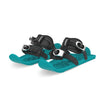

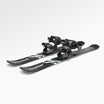



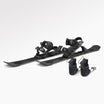







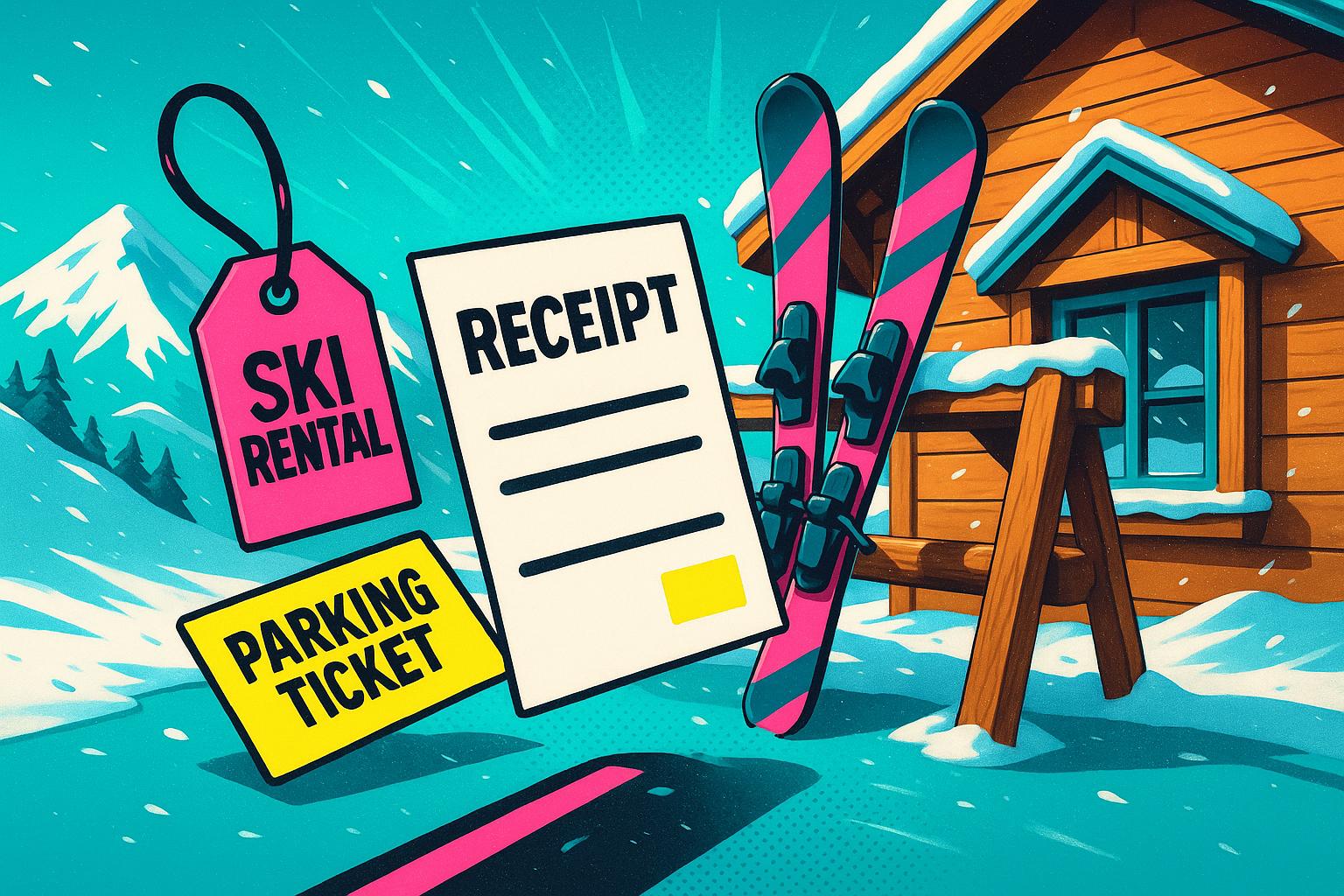
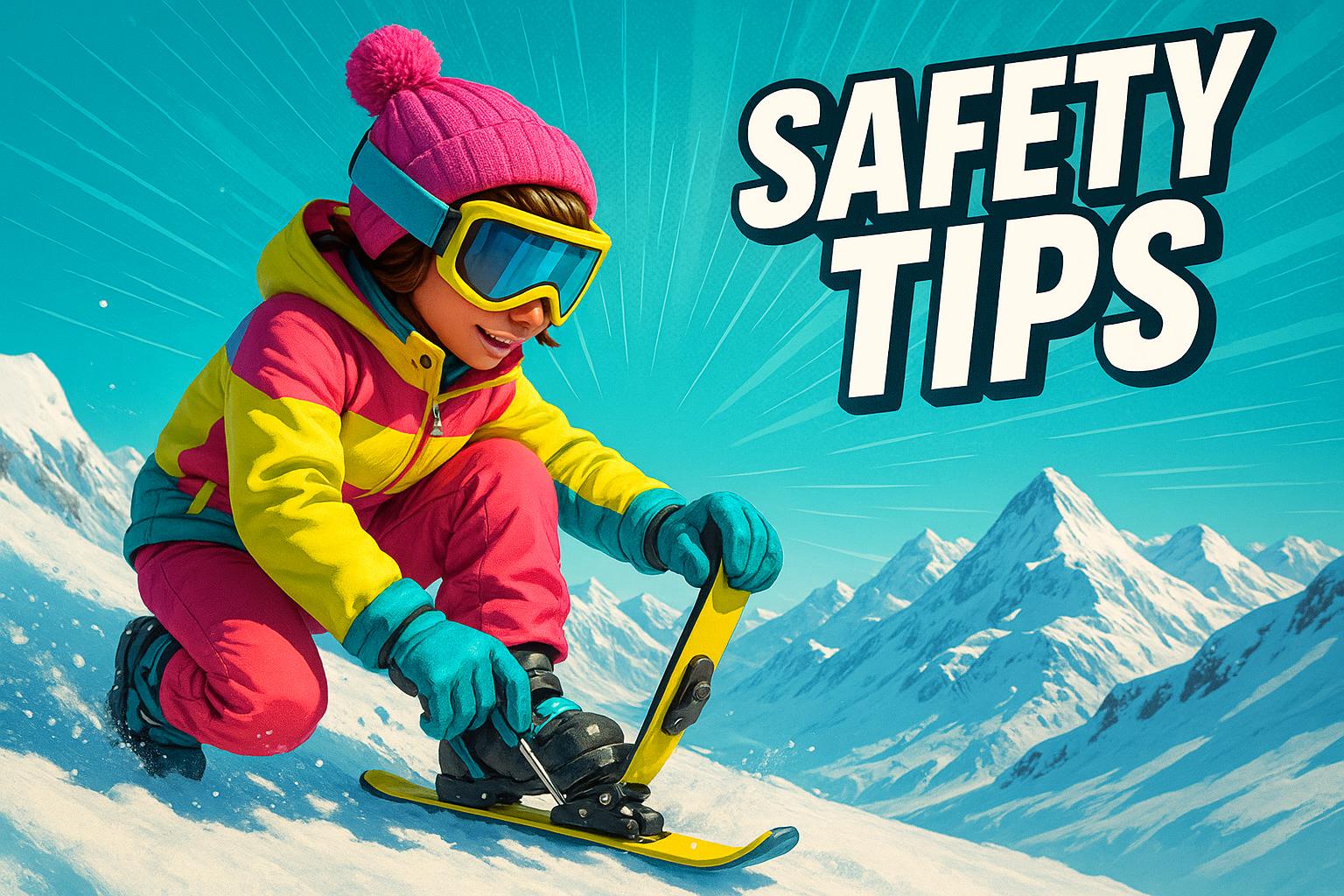

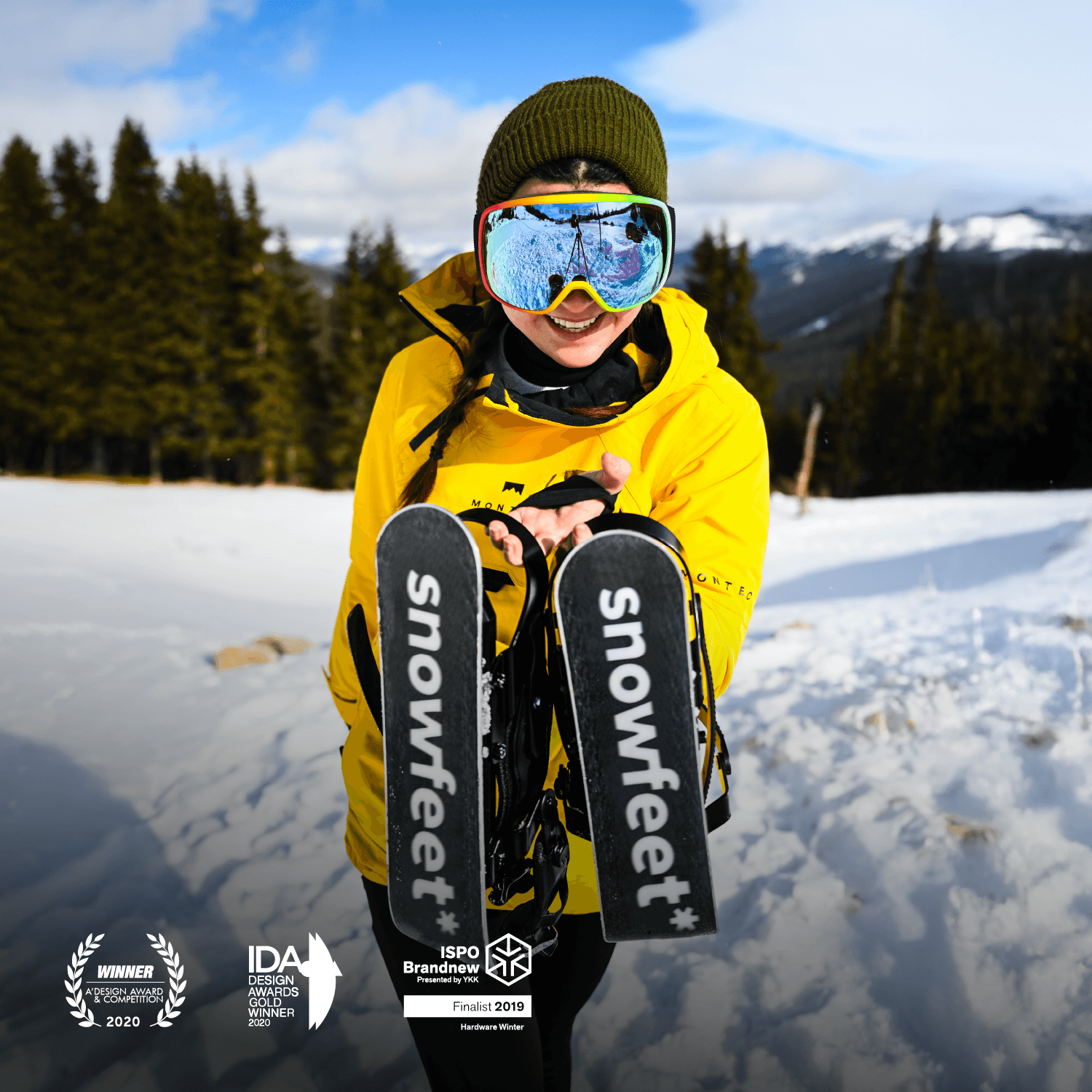

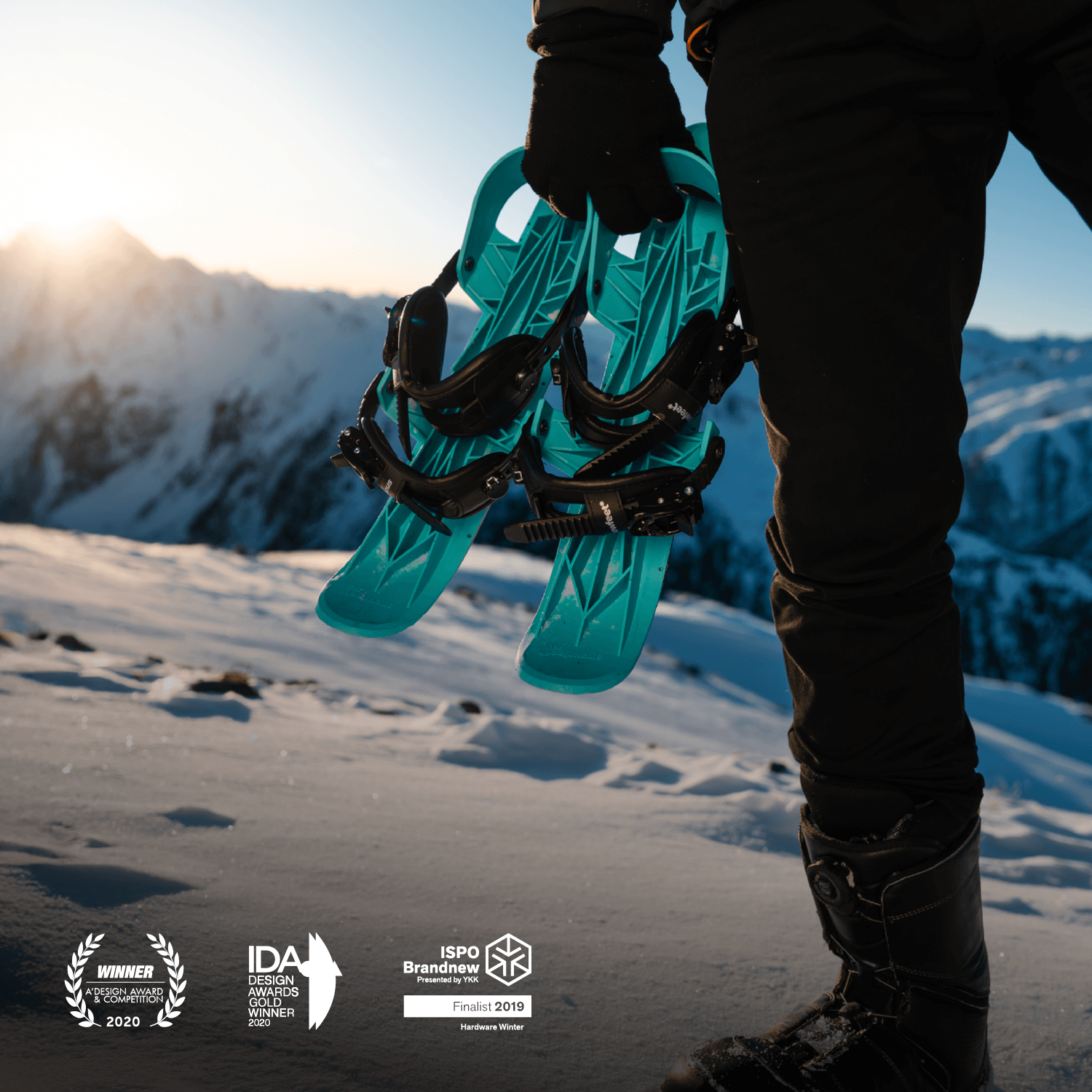
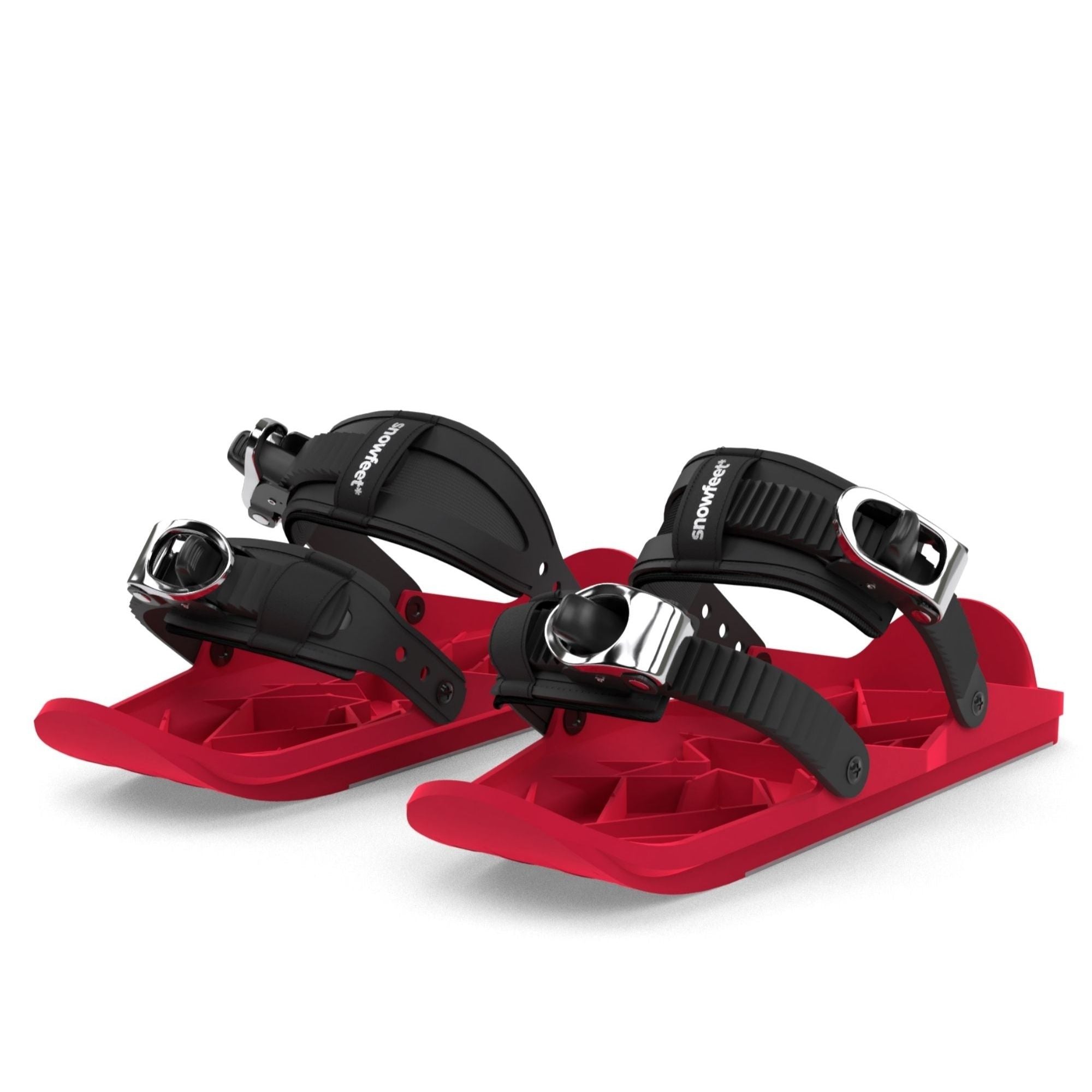



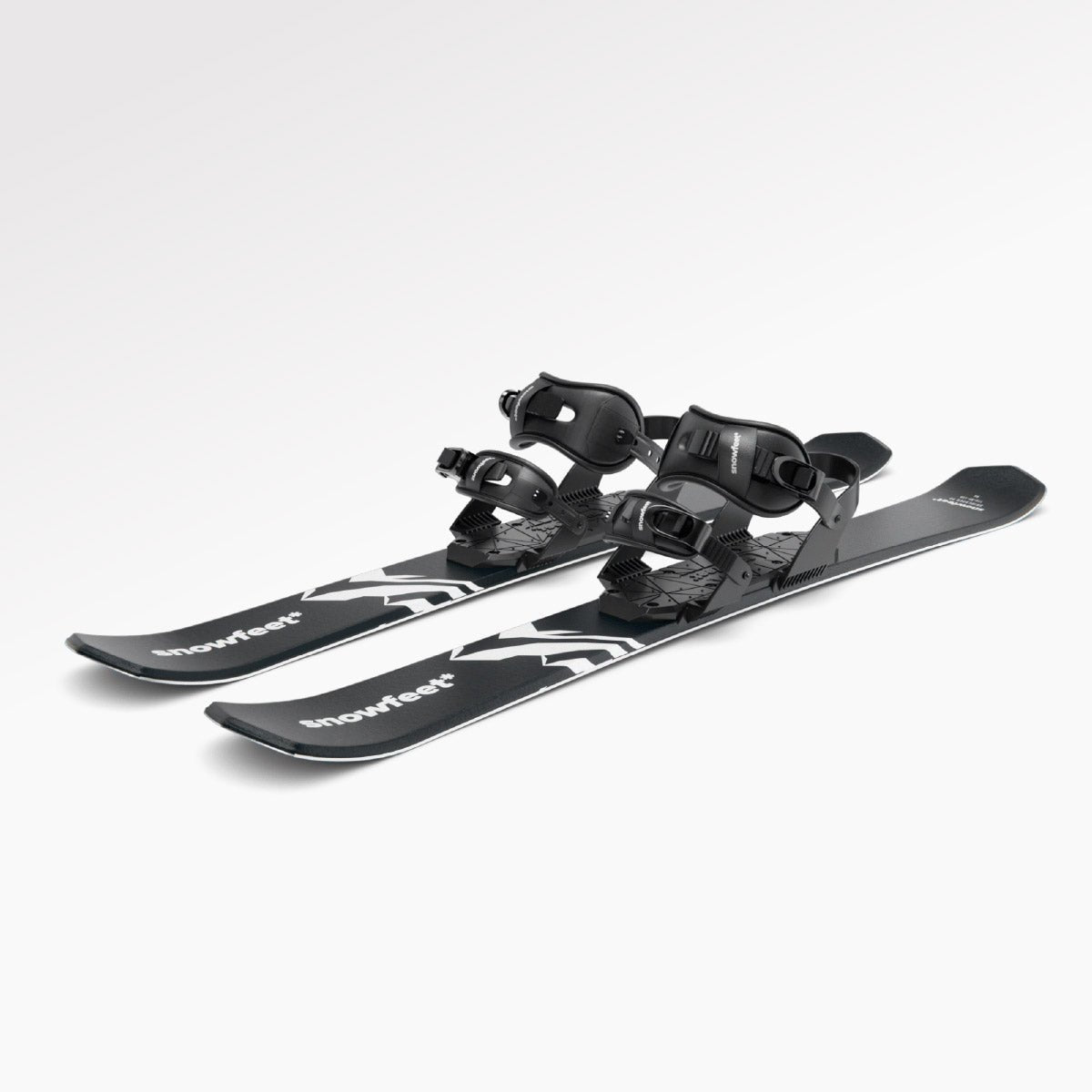
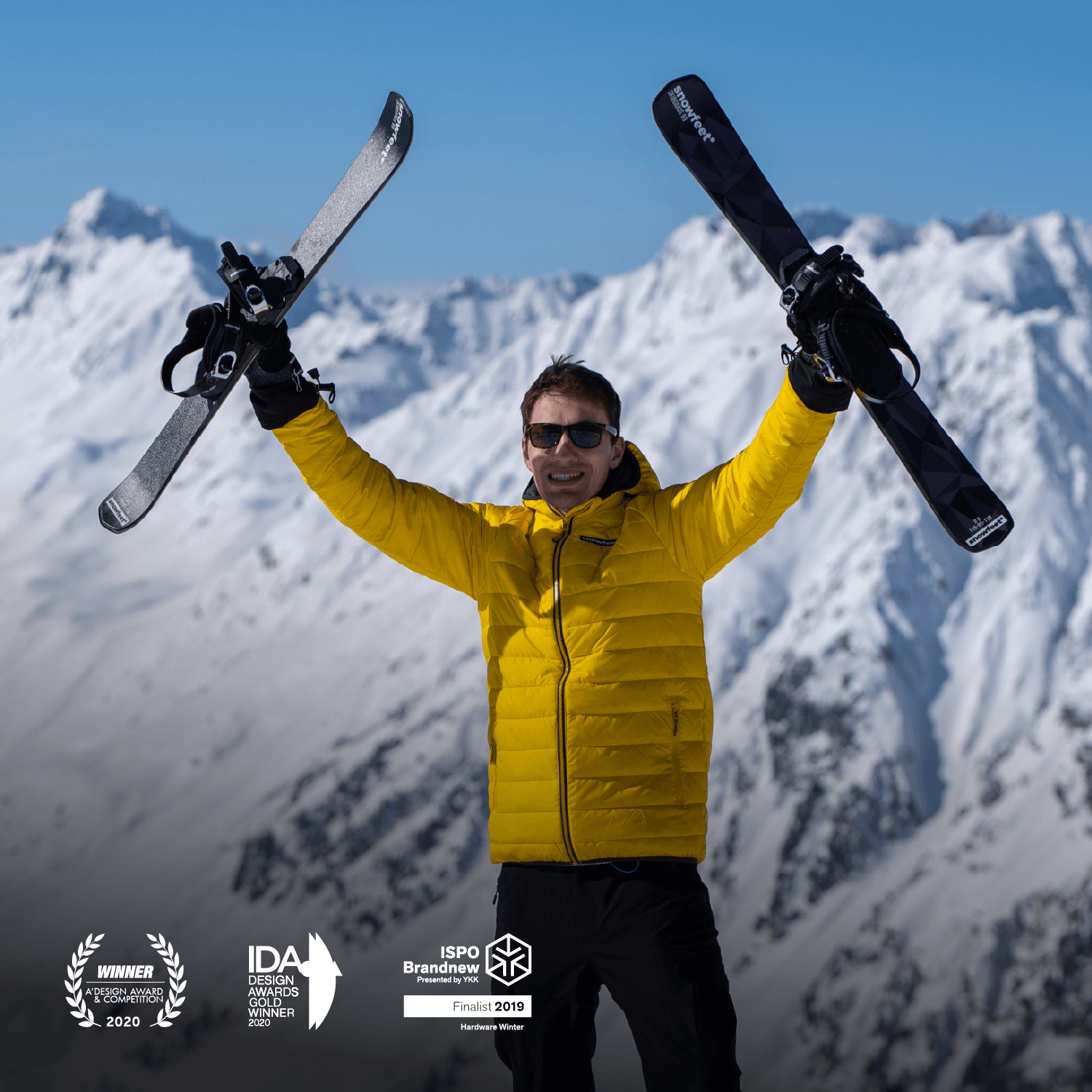
コメントを残す
このサイトはhCaptchaによって保護されており、hCaptchaプライバシーポリシーおよび利用規約が適用されます。